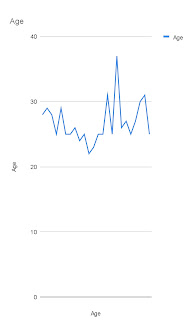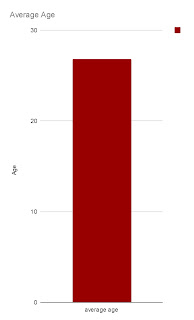Friday, January 21, 2022
Thursday, January 20, 2022
Wednesday, January 19, 2022
Kurtosis
Kurtosis in statistics is used to describe the distribution of the data set and depicts to what extent the data set points of a particular distribution differ from the data of a normal distribution. It is used to determine whether a distribution contains extreme values. Kurtosis is a measure of the combined weight of a distribution's tails relative to the center of the distribution. When a set of approximately normal data is graphed via a histogram, it shows a bell peak and most data within three standard deviations (plus or minus) of the mean. However, when high kurtosis is present, the tails extend farther than the three standard deviations of the normal bell-curved distribution. Peakedness of frequency curve is known as kurtosis.
Types of Kurtosis
1 – Mesokurtic
If the kurtosis of data falls close to zero or equal to zero, it is referred to as Mesokurtic. This means that the data set follows a normal distribution. The green line in the above picture represents a Mesokurtic distribution. The curve is neither more peaked nor more flat topped ie, curve is moderately peaked andis called Mesokurtic. Mesokurtic is also known as natural curve.
2 – Leptokurtic
When kurtosis is positive on in other terms, more than zero, the data falls under leptokurtic. Leptokurtic has heavy steep curves on both sides, indicating the heavy population of outliers in the data set. The curve is more peaked than others and as called is Leptokurtic. The red curve on the above picture represents the leptokurtic distribution.
3 – Platykurtic
Whenever the kurtosis is less than zero or negative, it refers to Platykurtic. The distribution set follows the subtle or pale curve, and that curve indicates the small number of outliers in a distribution. The curve is less peaked than others ie, it is more flat topped, and is called Platykurtic. The blue line in the above graphical representation depicts a platykurtic distribution .











